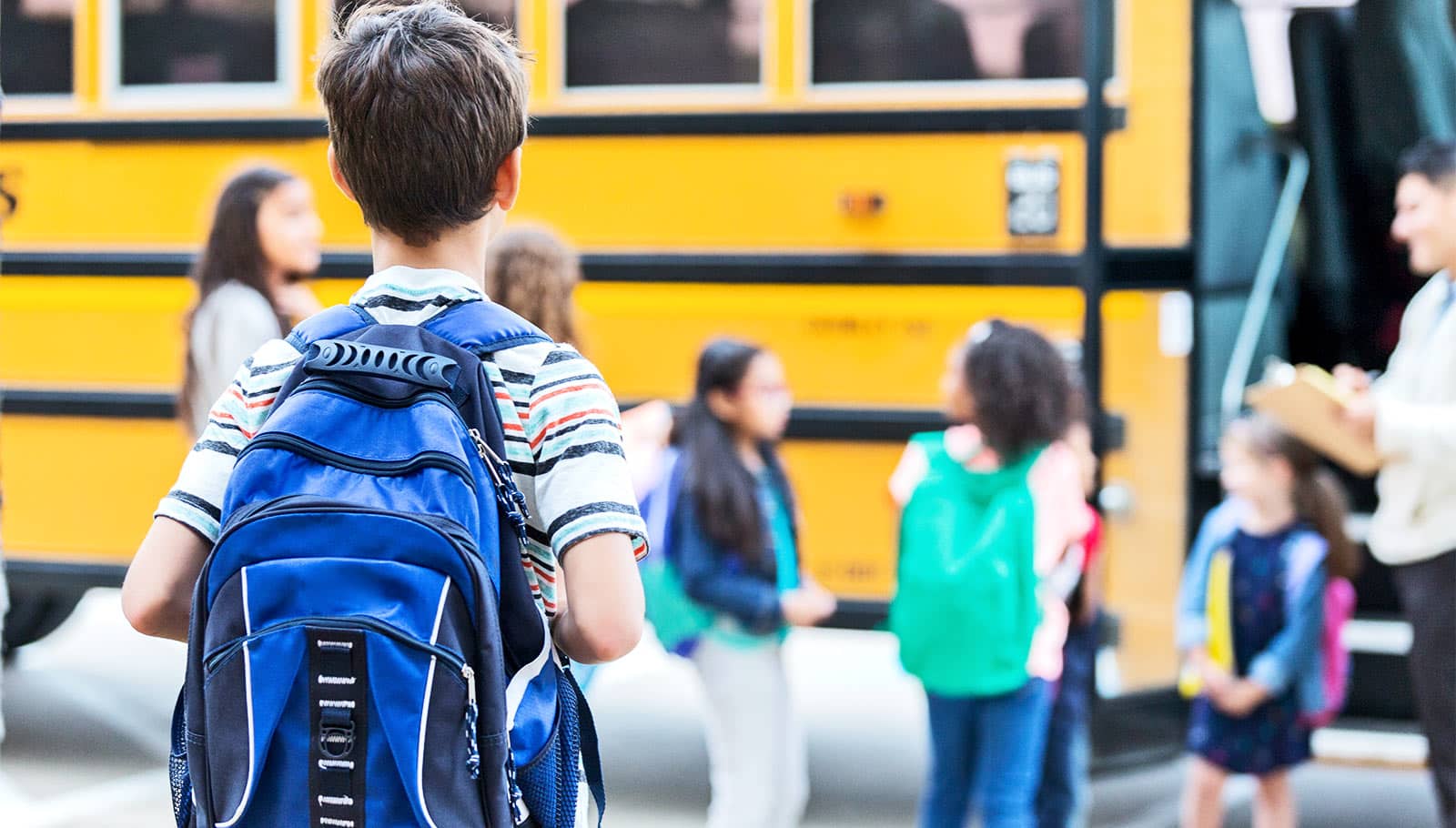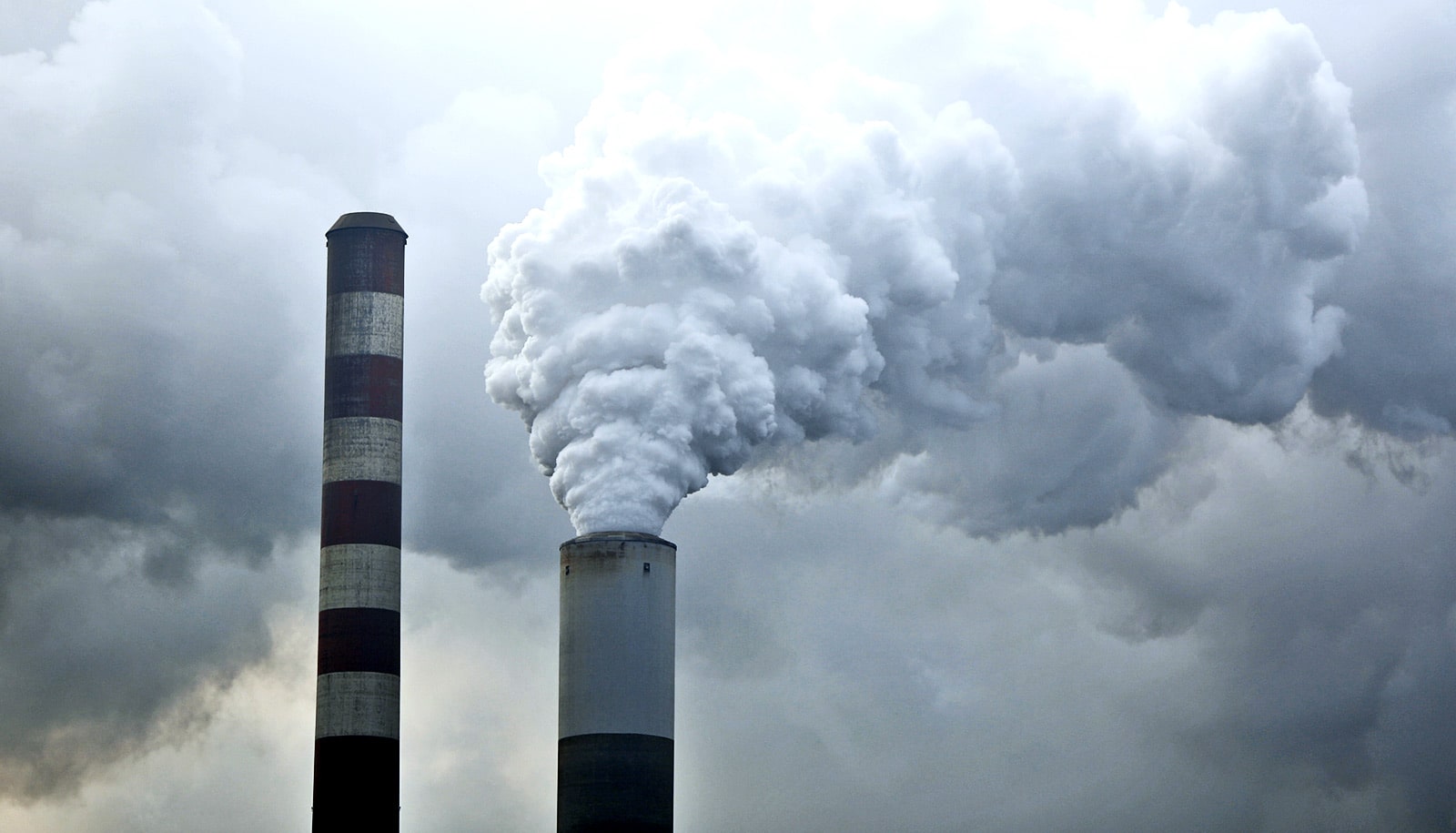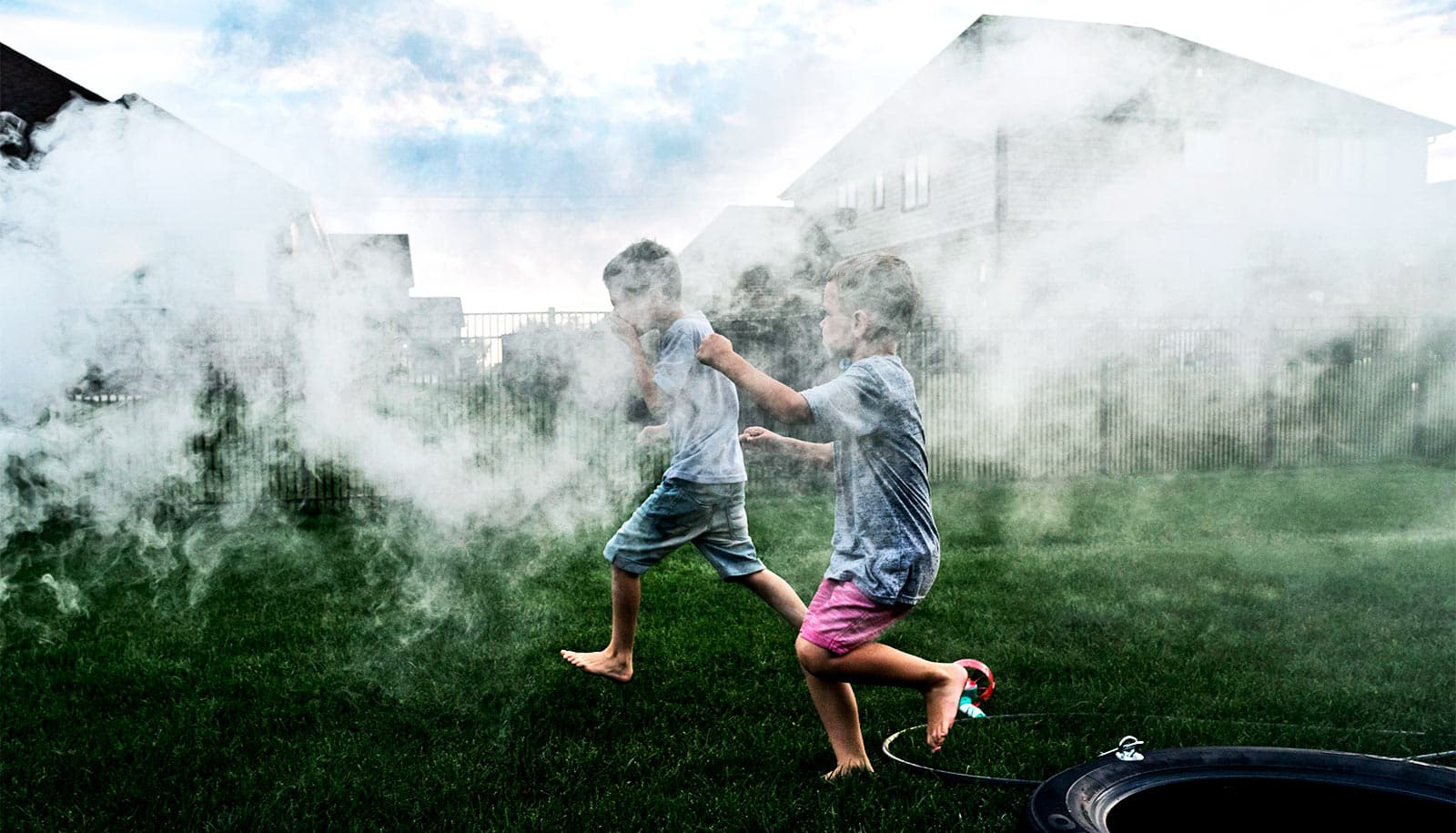
(Credit: Getty Images )
Students riding newer buses do better in school
Kids who ride newer, cleaner-air buses to school have better academic performance, according to new research.
Students who ride newer, cleaner-air buses to school have improved academic performance, according to a new study.
Prior research from Meredith Pedde and Sara Adar epidemiologists in the University of Michigan’s School of Public Health, found increased student attendance in US school districts that replaced older buses with newer, cleaner buses.
Their research revolves around an ongoing US Environmental Protection Agency rebate program that randomly awards funding to school districts to replace old buses with cleaner models that produce less pollution.
In the latest study, published in the journal JAMA Network Open , Pedde and Adar linked school bus funding information with standardized test scores and found improvements in reading/language arts and math scores when newer vehicles replaced the oldest buses.
Pedde explains the findings, what they mean for children, and what parents and teachers can do:
The post Students riding newer buses do better in school appeared first on Futurity .
What are the main findings, takeaways of this latest study?
Our study found that among districts randomly selected by the EPA to receive funding to replace the oldest, dirtiest, buses (pre-1990) with newer, cleaner buses, educational performance improved after the new buses were in use. Replacing newer buses, however, did not show the same benefits. Our findings are noteworthy as the randomized allocation of funding by the EPA allows for strong conclusions to be made on the educational impacts of school districts switching to cleaner buses.
We believe that these results reflect the fact that when kids are riding buses with less pollution , their health is better which leads to them missing less school and learning more in their classes.
What did your study find statistics-wise?
We found that districts selected for the EPA funding that replaced the oldest, pre-1990, model-year buses had, on average, a 0.06 SD higher reading/language arts and 0.03 SD higher math average test scores in the year after the EPA funding lottery as compared to districts not selected for funding.
For context, these results are equivalent in magnitude to average district income increasing by 10% and 4% for the reading/language arts and math subjects, respectively. The magnitude of the reading/language arts impact was also roughly equivalent to 25%-30% of the observed effect on test scores for a reduction in class size of 7-10 students. There was little improvement observed for applicants that replaced model year 1990 and newer buses.
Would you say this current study is less clear-cut on the causal effects between riding old school buses on student academic performance than your prior study linking increased student absences in districts with old school buses?
I think both studies provide strong evidence that there are attendance and educational benefits to kids who switch from riding older school buses to riding newer school buses.
The only difference between the two studies is that when we looked at results regardless of the age of the bus that was replaced, we did not see any suggestion of educational improvements overall, while we did find attendance improvements overall. However, both studies found strong evidence of positive benefits to kids from replacing the oldest, most polluting school buses .
Do the results apply to all students or just those with asthma, a student population that can be most adversely affected by exhaust, pollen, and dust?
Our results were derived based on average test scores for the entire school district. However, earlier research by Adar found that the improved health and attendance impacts of reductions in school bus diesel emissions in Washington state were strongest among students with asthma , leading us to hypothesize that our attendance impacts are largely driven by reductions in asthma exacerbations among asthmatic students. However, they might also occur due to fewer respiratory symptoms, in general, among all students as a result of reductions in emissions from the newer, cleaner school buses.
What is unique about this study?
Our study leveraged the randomized allotment of clean bus funding to estimate the causal impact on school districts of switching to cleaner school buses while previous studies have relied on districts self-selecting bus replacements. This random assignment helps to ensure that school districts that adopted cleaner buses are otherwise the same as districts or times without cleaner buses. This design reduces concerns of confounding by measured or unmeasured school district-related characteristics. This is a key strength of this study as compared to all other studies in this area.
Do you want your research to encourage more districts to participate in the EPA’s cleaner vehicles program? Is this funding going unused by districts?
Our work suggests that school districts with very old buses would benefit from participating in clean school bus funding programs from the EPA. In addition to millions of dollars of investment by the EPA to hasten the transition of school bus fleets to cleaner vehicles , there is substantial funding also available through the recent infrastructure bill.
Would you advise children to be driven to school by a parent or caregiver instead of riding a school bus?
It’s important to note that school buses are the safest means to transport children to school from a traffic accident perspective. Additionally, from a community perspective, there are air quality and congestion benefits to having children ride a bus rather than having 70 passenger vehicles transport the same number of children as one bus.
That said, our earlier work found that asthmatic children riding on older, dirtier school buses experienced the most adverse health and attendance consequences, so special consideration might be warranted if your child has asthma and typically rides an older school bus.
Is there anything parents, teachers, others can do?
In last fall’s new infrastructure bill, the US EPA received nearly $1 billion to direct school districts to replace old school buses with newer, cleaner buses. They could find out if their school district has applied to the EPA for school bus replacement funding and if not, encourage them to do so. The EPA program now prioritizes lower-income school districts as well as rural and tribal districts.
Are electric buses preferable to new diesel buses?
While the direct emissions originating from electric buses into the community are clearly lower than those originating from diesel engine school buses, determining the overall benefits of electric vs. new diesel buses is still an active area of research. What we do know, however, is that the most important thing is to replace the oldest buses with new buses regardless of their power supply.
Share this article:
This article uses material from the Futurity article, and is licenced under a CC BY-SA 4.0 International License. Images, videos and audio are available under their respective licenses.


